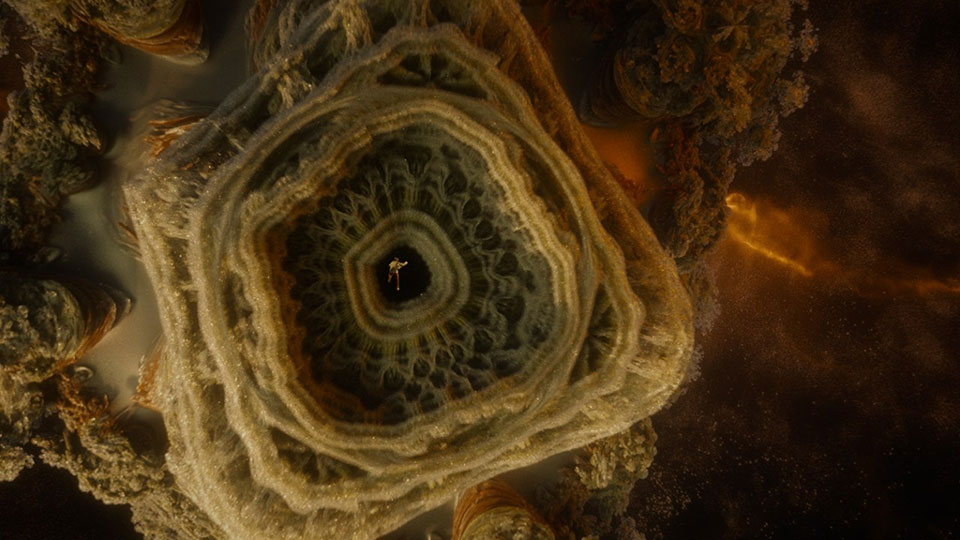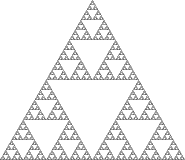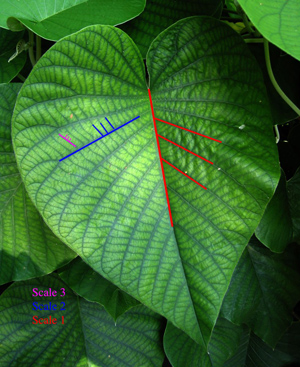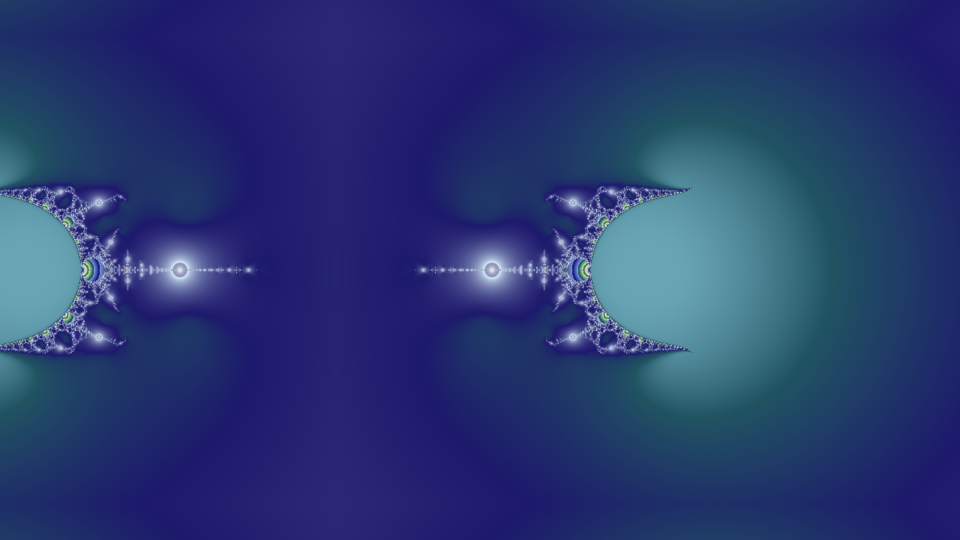What is Fractal?
Fractal (pronounced /ˈfræk.təl/). A fractal is created by combining mathematical formulas. Just from simple strokes such as drawing lines, curves - through a recursive process can create magical images and beautiful visual effects.

Here is one of the fractal definitions that pretty accurately reflects what a fractal is.
A fractal is a never-ending pattern. Fractals are infinitely complex patterns that are self-similar across different scales.
- fractalfoundation.org -
To clarify the above concept, consider a simple example to know how the fractal is created? From there, it will give a broader view of the fractal.
Sierpinski triangle
Wacław Franciszek Sierpiński (1882 – 1969) was a Polish mathematician. He is known for his contributions to set theory, number theory and Topology. He has published more than 700 articles and 50 books. The three fractal forms named after him are:
- Sierpinski triangle.
- Sierpinski carpet.
- Sierpinski curve.

The Sierpinski triangle is a fractal created by the following methods:
- Start with an equilateral triangle.
- Subdivide the original triangle into 4 smaller triangles, then we remove the middle triangle.
- Repeat the above step with the smaller triangles.

The presence of fractal in nature
Fractal is in all aspects of life, from microscopic things like human neurons, lung cell structures, ... to macro things like the structure of geological faults, systems rivers, ... for example a leaf: the veins follow each other; large tendons lead to small tendons, and small tendons lead to smaller ones - all according to a given rule.
Fractal in leaf veins
Not only that, in addition to the fractals in nature as stated above. Fractals are also found in the semiconductor industry, in mathematics.

References
- Visualizing Fractals - 16/7/2014
- What are Fractals? - 16/7/2014
- Sierpiński triangle - 16/7/2014
